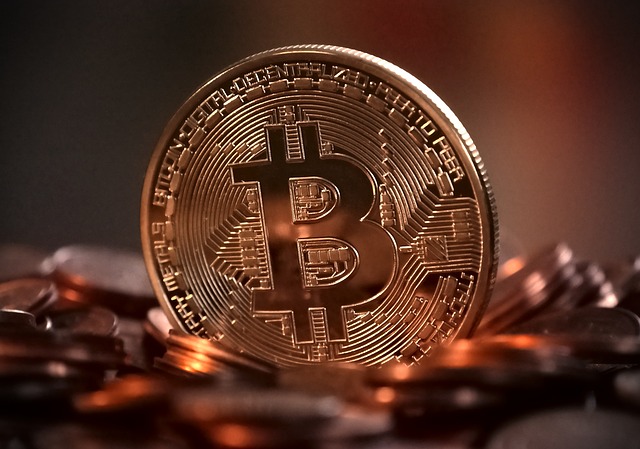Gambling dApps, VR casinos, and tokenized games often sit on different blockchains. To move funds between them, you’ll need a bridge—a protocol that locks assets on one chain and releases them on another. Bridges save time and fees, but they add risks if you choose poorly or move carelessly.
How bridges work in plain English
When you bridge, you don’t actually “send” tokens across chains. The bridge locks or escrows your tokens on the source chain, then mints or releases equivalent tokens on the destination. Later, if you withdraw, the process reverses.
Most bridges rely on smart contracts and relayers. Some are centralized, others are decentralized networks of validators. This design choice affects both speed and security. Players care because delays or exploits can lock funds right when you want to withdraw.
Typical flow
- Connect your wallet to the bridge interface.
- Select token, source chain, and destination chain.
- Approve the contract to spend your tokens.
- Wait for the bridge to confirm, then check your new balance.
Common bridge types

Bridges differ by scope and trust model. Localized casino bridges often handle only a few supported tokens. Larger ecosystem bridges connect Ethereum, BSC, Polygon, and L2s.
Localized vs. ecosystem bridges
Localized bridges are integrated directly into casino platforms. They’re convenient, but you trust one operator. Ecosystem bridges are broader, often faster, but require more manual steps and gas fees.
Some bridges also use wrapped tokens (like WETH or WBTC). That adds one more layer of counterparty risk: your new asset is only as safe as the wrapper issuer.
Comparison table
| Bridge Type | Pros | Cons | Best Use Case |
|---|---|---|---|
| Centralized | Fast, simple, wide support | Custody risk, single point of trust | Casual transfers, small sums |
| Decentralized (MPC) | No single custodian, more open | Slower, higher gas, UI complexity | Larger sums, long-term trust |
| Platform-native | Seamless with casino/account | Limited tokens, exit risk | One-platform gaming balance |
Player pitfalls and how to avoid them

Bridges are a top target for exploits. Billions have been drained in attacks. For players, the risk is more immediate: you could miss a withdrawal window, lose access to a hot wallet, or end up with unsupported wrapped tokens.
Avoid bridging during peak congestion, when gas fees and delays stack. Never bridge your entire bankroll at once. Start with a test transfer—small, cheap, and quick—before sending more. Confirm that your destination casino actually supports the bridged token standard (ERC-20 vs BEP-20 vs native).
Checklist before bridging
- Confirm token standards match the casino’s deposit rules.
- Test a small transfer before moving full bankroll.
- Keep native gas tokens (ETH, BNB, MATIC) on both sides to pay fees.
- Avoid bridging during network congestion or maintenance.
- Store TXIDs and screenshots for proof if support is needed.
Optimizing costs and speed
Not all bridges are equal. Some batch transactions to cut fees, others charge more but move quickly. The right choice depends on your balance size and urgency.
If you move often between chains, consider stablecoins like USDC or USDT that have direct liquidity on many networks. This avoids wrapping/unwrapping cycles. For large transfers, decentralized bridges may be slower but reduce custody risk compared to one operator holding your funds.
